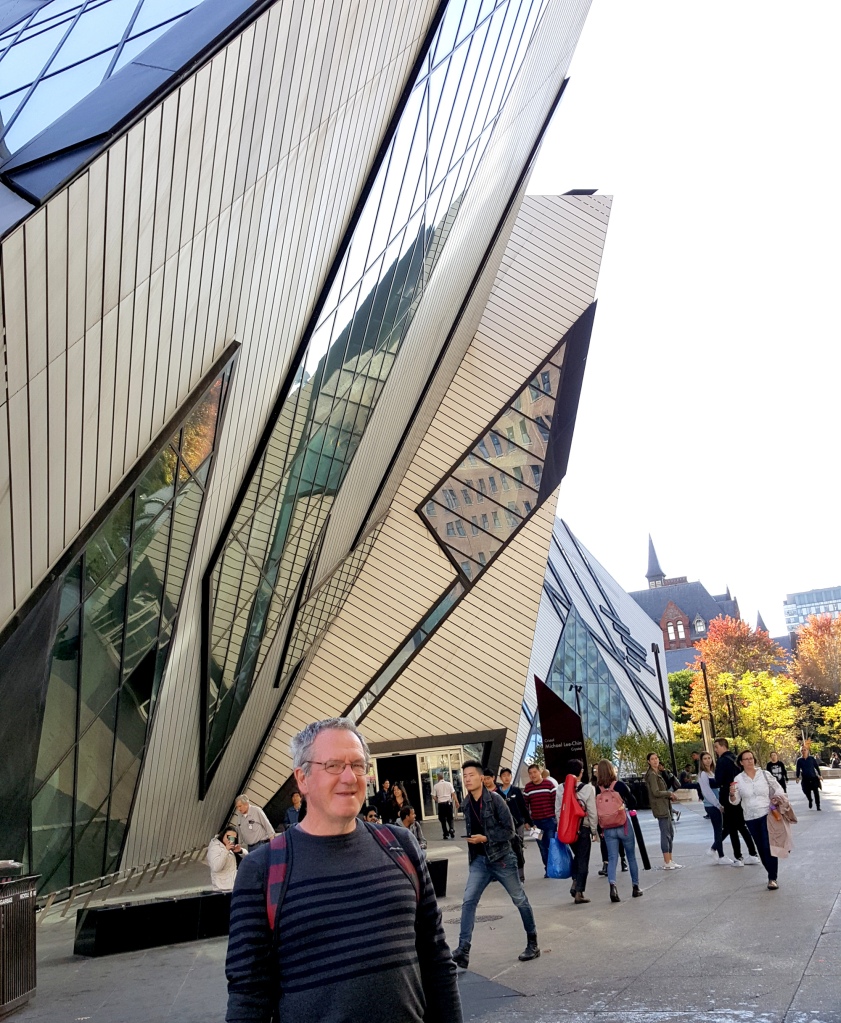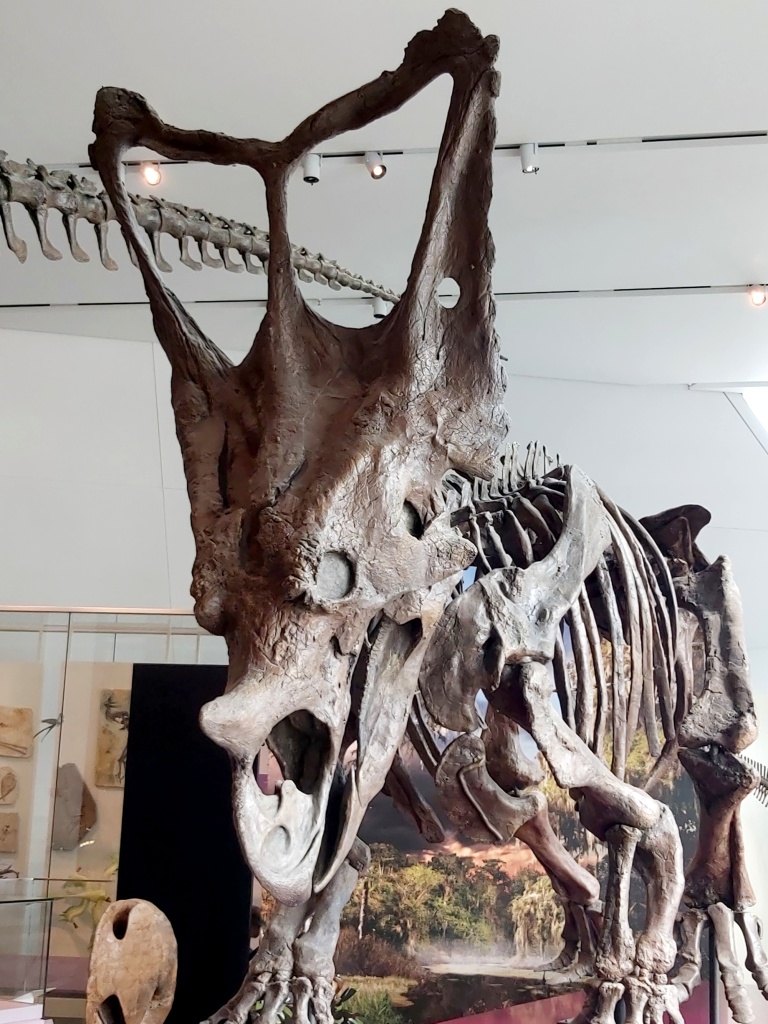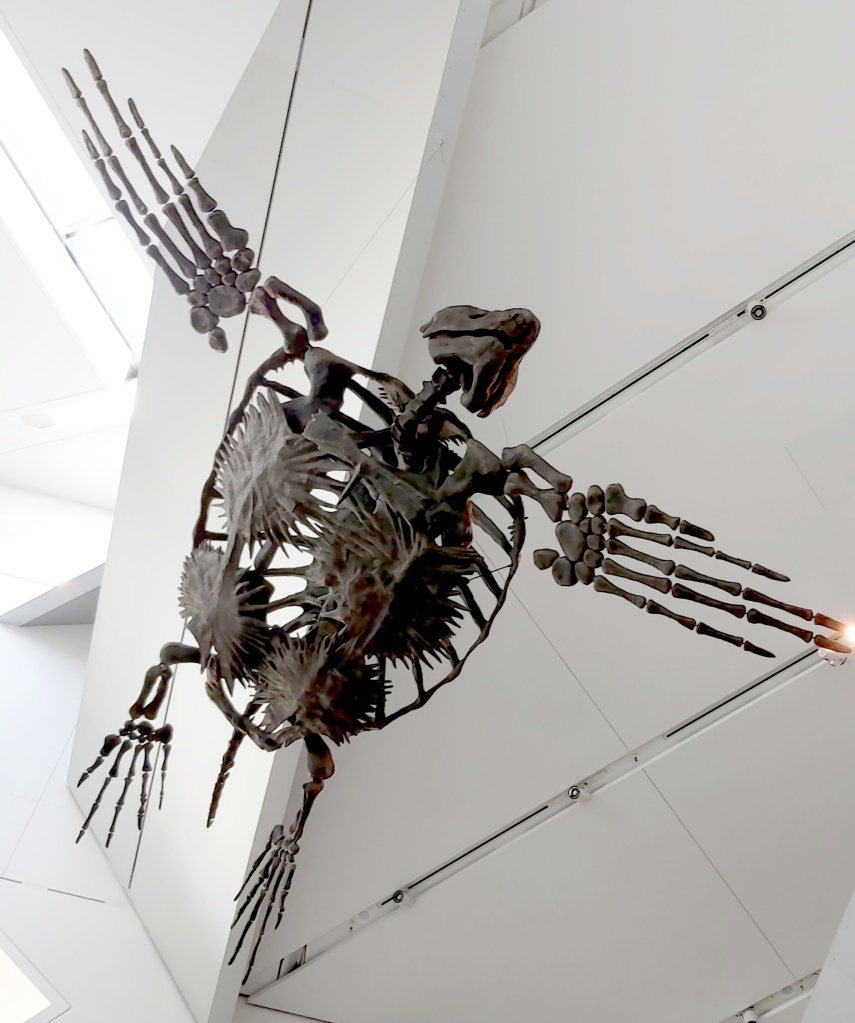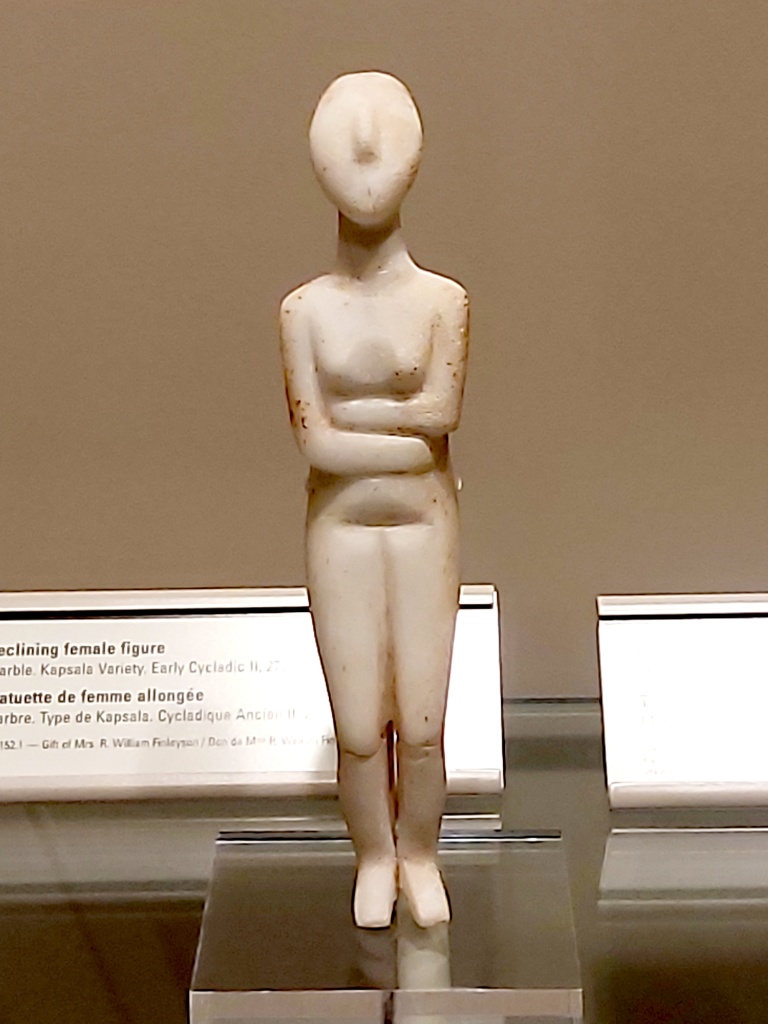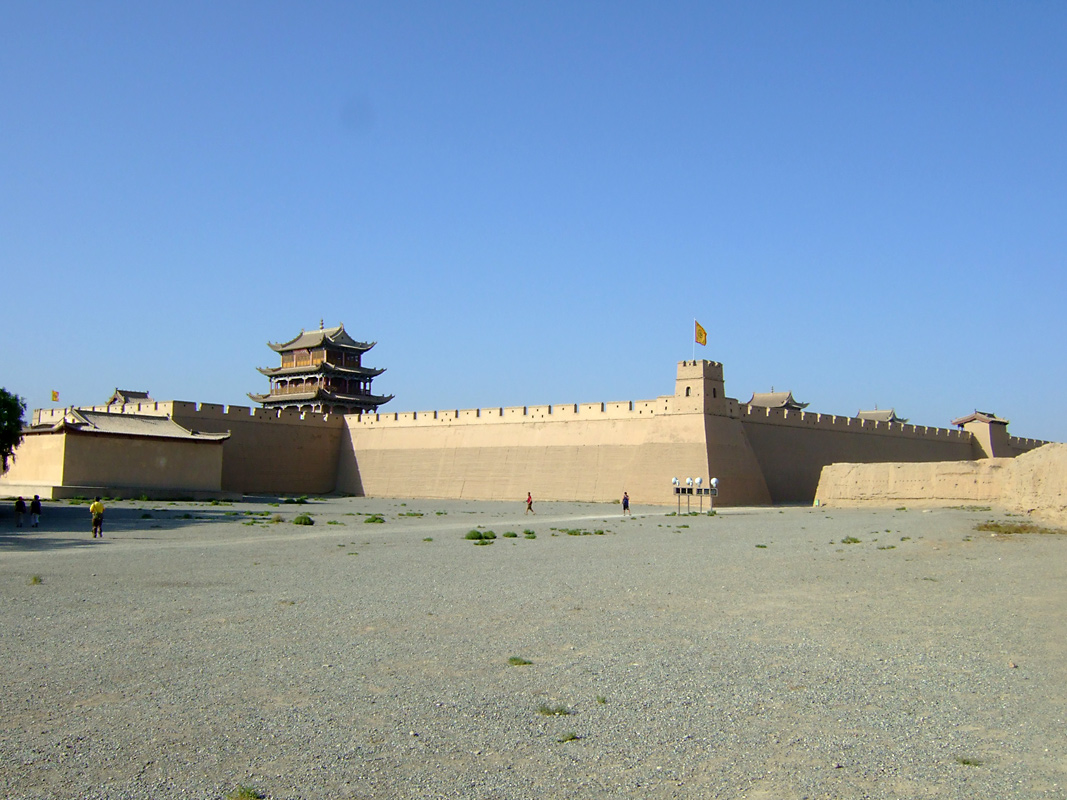When you travel it is always exciting to visit the most famous, “must see” destinations that are the highlights of any tourist itinerary. Looking back though, I sometimes feel a very special affection for the places that were not at the top of the list; the ones that turned out to be much better than the guidebooks and reviews suggested. A day trip to the rural town of Tsuyama stands out as one of those special experiences.


Our day trip to the rural town of Tsuyama was meant to be a quiet break from several days of intense tourism. Take a slow trip on the little train from Okayama, wander around the town and the park with it’s castle ruins and then back again in time for our evening meal. Tsuyama is pretty much the middle of nowhere nowadays, right in the centre of western Honshu, yet back at the beginning of the 17th century it was a major crossroads. In 1603 a new Daimyo chose to construct his castle there.

Tsuyama was never rated among the grandest or most beautiful of castles but it did have a reputation as being perhaps the most heavily fortified ever built in Japan with over 70 towers and other defensive structures. Sadly, everything ended for Tsuyama castle when the formation of the Meji government led to the abolition of the clans. The castle was sold off by the ministry of finance in 1873 and all the buildings, including the great tower were demolished soon after. It was only when some of the surviving stonework began to collapse in 1890 that efforts began to conserve what remained.
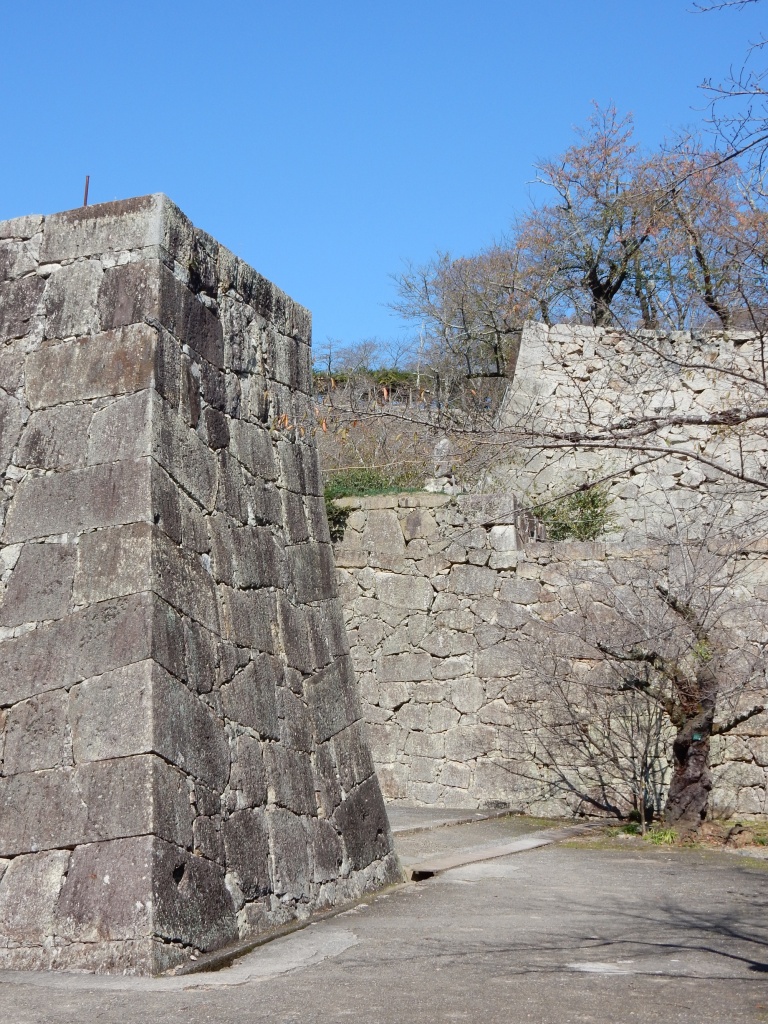
The castle eventually became the property of the town council and was made into a public park. This involved the planting of some 5000 cherry trees. Today these cherry trees are Tsuyama’s main claim to fame, as it is now rated as one of the best cherry blossom sites in western Japan.




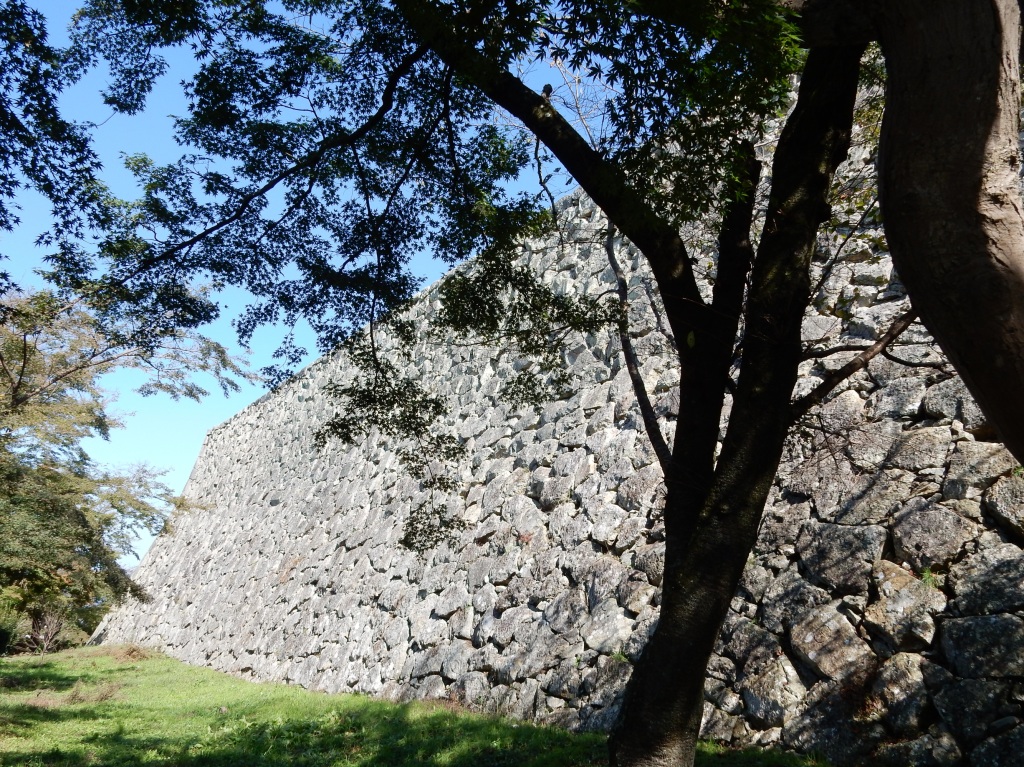
In 2005 a defensive tower known as the Bitchu Yagura was rebuilt as part of celebrations for the castle’s 400th anniversary. The Bitchu Yagura tower was originally part of the Daimyo’s palace buildings. This work has been beautifully done, though it does look disturbingly new when compared with it’s surroundings.

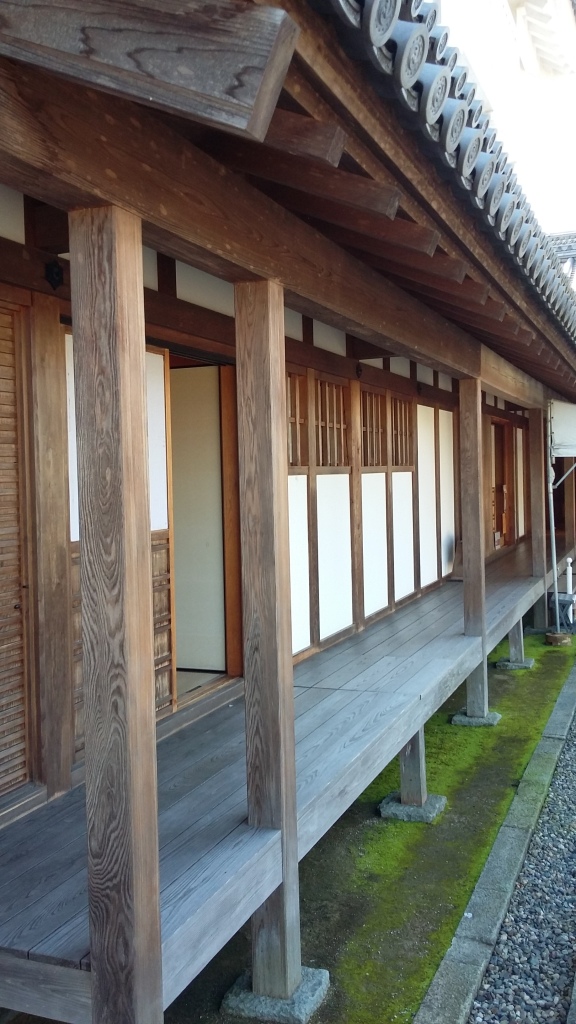
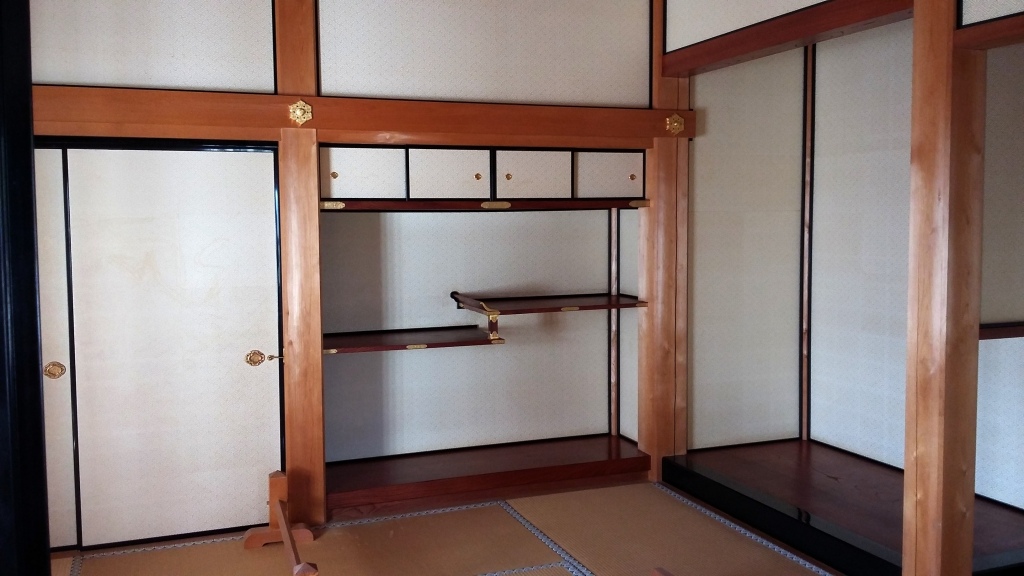
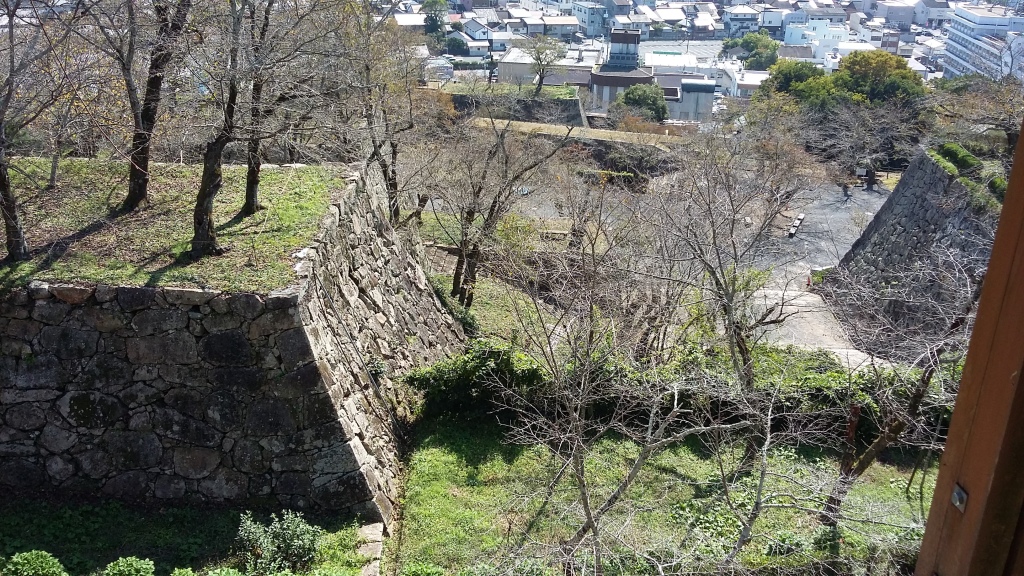

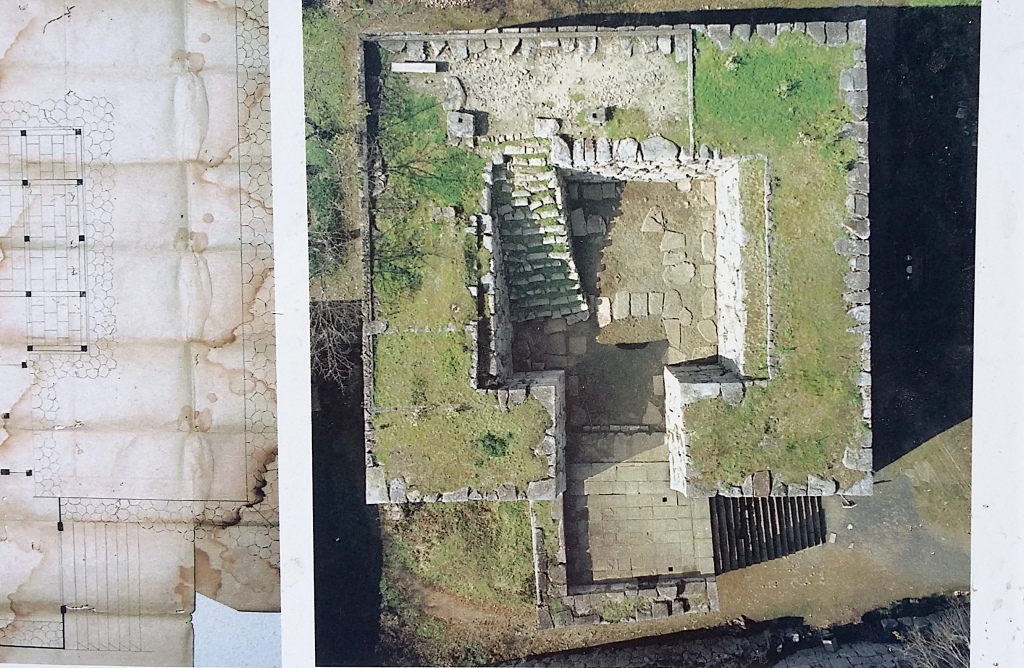

The space and scale of the this place cannot really be conveyed in photographs. Nor can you really appreciate how peaceful it was on the day we visited. The park did have a constant trickle of visitors but they were so spread out on this huge site that you could always find another area where you were completely alone. It was perhaps the ability to experience this vast and awe inspiring place with effectively no one else around you that made the experience so memorable. Yes this site lacks much that makes a place like the great castle of Himeji such an impressive window on Japanese history but then it also misses out on the seething crowds, the queueing and being herded round like cattle.



